Behind the Badge: Daily Life of American Police Officers

Step into the shoes of America's police officers and gain a better understanding of their daily responsibilities. From high-stakes situations to community interactions, discover the realities of law enforcement through transparent and educational content. Learn what it means to serve and protect.
Who Keeps Us Safe?
Explore the Numbers Behind America's Law Enforcement
Source: Bureau of Justice Statistics - Law Enforcement Management and Administrative Statistics (LEMAS)
Daily Life of Law Enforcement
Every day, law enforcement officers and deputies across the United States face a variety of responsibilities and challenges that require unwavering dedication and perseverance. Their responsibilities range from neighborhood patrol and emergency response to crime investigation and community engagement.
This section delves into the daily lives of these brave people, offering insight into the ups and downs they face while striving to serve and protect. Understanding their daily responsibilities allows us to better appreciate the dedication and hard work that establishes their essential service.
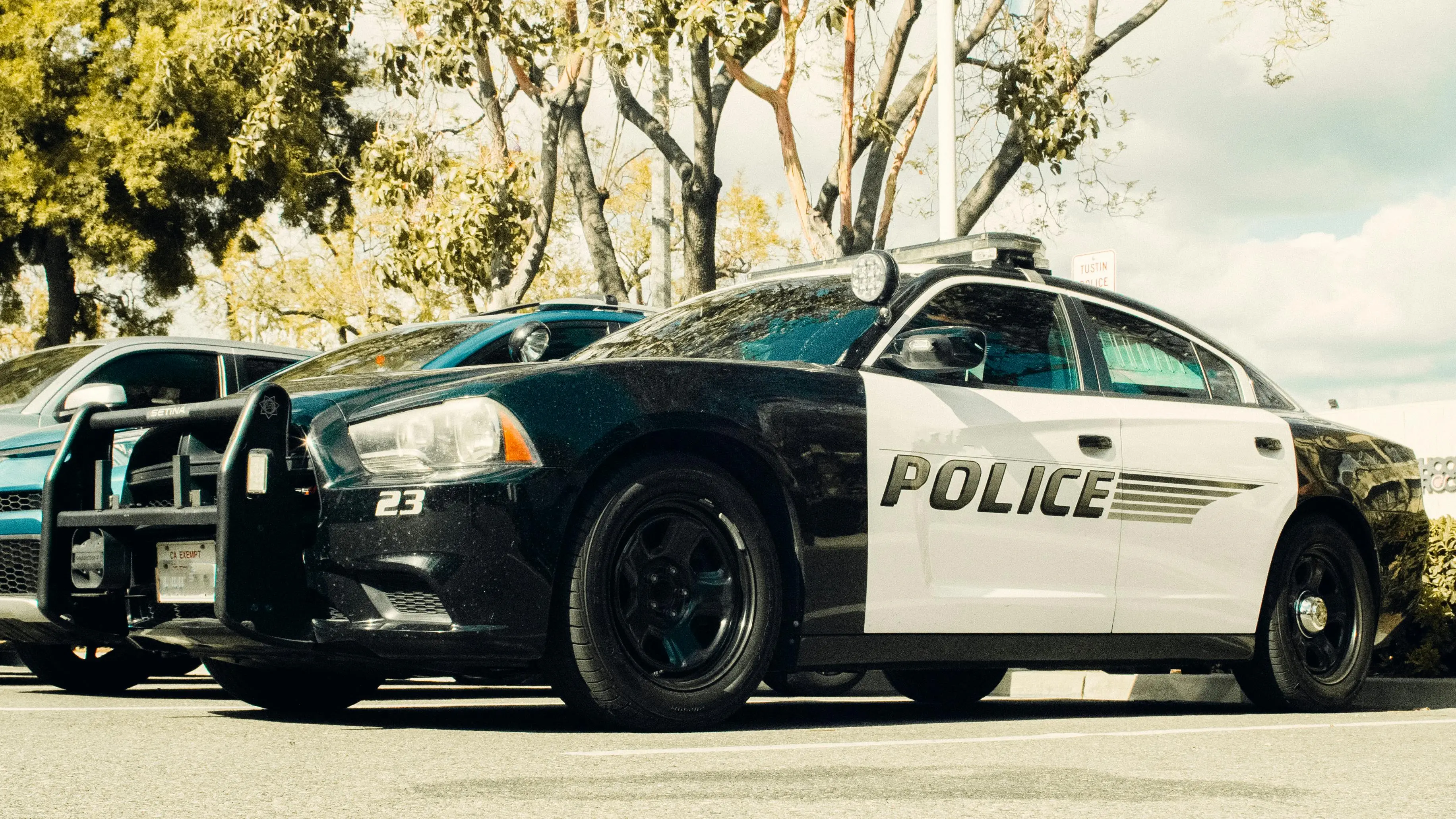
On the Beat: Daily Patrols
Officers spend a significant portion of the day patrolling neighborhoods, maintaining a visible presence to deter crime and protect the public. This may include foot patrols, bicycle patrols, or driving through designated areas.
Let's explore the day-to-day duties of officers as they patrol neighborhoods, engage with the community, and respond to various calls for service.
What Does a Day in the Life of Law Enforcement Look Like?
- Daily Patrols
- Investigations
- High-Risk Situations
- Community Interactions
- Administrative Work
Detectives spend approximately 60% of their time on case paperwork and administration.
Let's delve into the daily activities and key duties that define a law enforcement officer's work
“Police officers are asked to do more and display a greater array of skills than in prior decades. They must effectively engage with a wide variety of community members and groups, use data and science to advance department and community goals, and connect citizens with resources for any number of issues (e.g., homelessness, mental health, and domestic violence).”
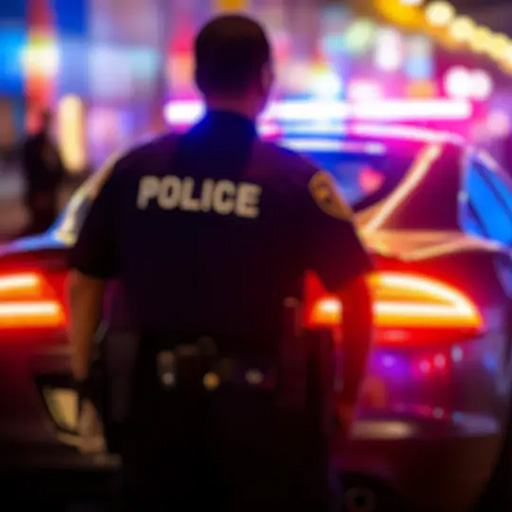
Foot Patrols:
Officers patrol neighborhoods on foot, fostering direct interaction with community members. This approach enhances visibility, builds trust, and allows officers to address minor issues promptly. Foot patrols are particularly effective in densely populated urban areas where vehicle access is limited.
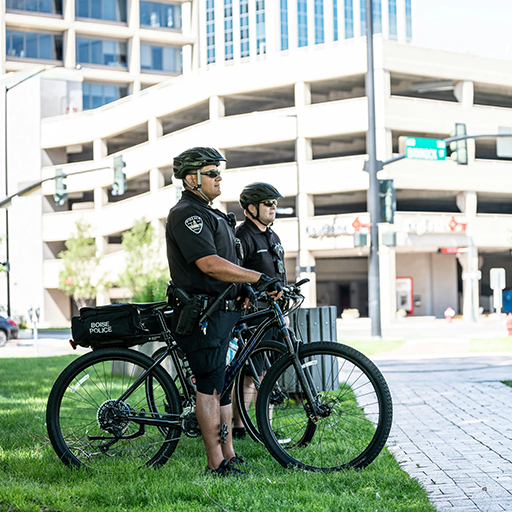
Bicycle Patrols:
Bicycle patrols combine the accessibility of foot patrols with the mobility of vehicle patrols, making them ideal for parks, campuses, and busy urban areas. Officers on bicycles can navigate tight spaces and interact more easily with the community while covering significant ground.
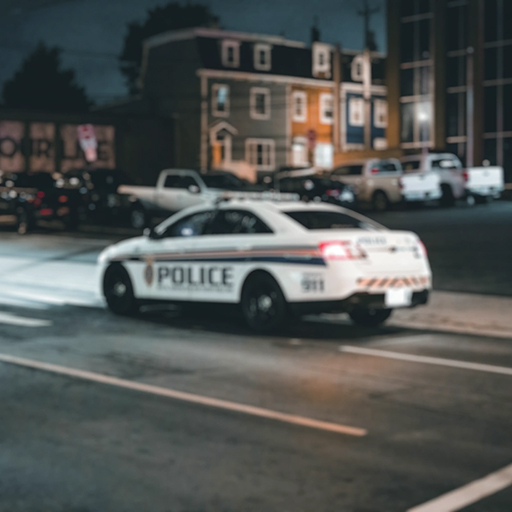
Vehicle Patrols:
Vehicle patrols are the most frequent, allowing officers to cover larger areas quickly. Officers respond to emergencies, monitor traffic, and patrol various neighborhoods. This type of patrol is critical for responding quickly to incidents and deterring criminal activity with a visible law enforcement presence.

Air Patrols:
Air patrols utilize helicopters and drones to provide a bird's-eye view of large areas, assisting with pursuits, search and rescue operations, and traffic monitoring. Air patrols are useful for covering larger or inaccessible areas quickly and efficiently.
Cracking the Case: Investigations and Problem-Solving
Officers devote much of their time to investigating crimes, gathering evidence, and interviewing witnesses. This critical work involves various tasks, from securing crime scenes to conducting detailed forensic analyses. Investigations can be complicated and time-consuming, requiring officers to use their problem-solving abilities and expertise to uncover the truth and bring offenders to justice.
Let's look at officers' investigative duties as they work to solve crimes, handle evidence, and ensure that justice is served through thorough and precise problem-solving.
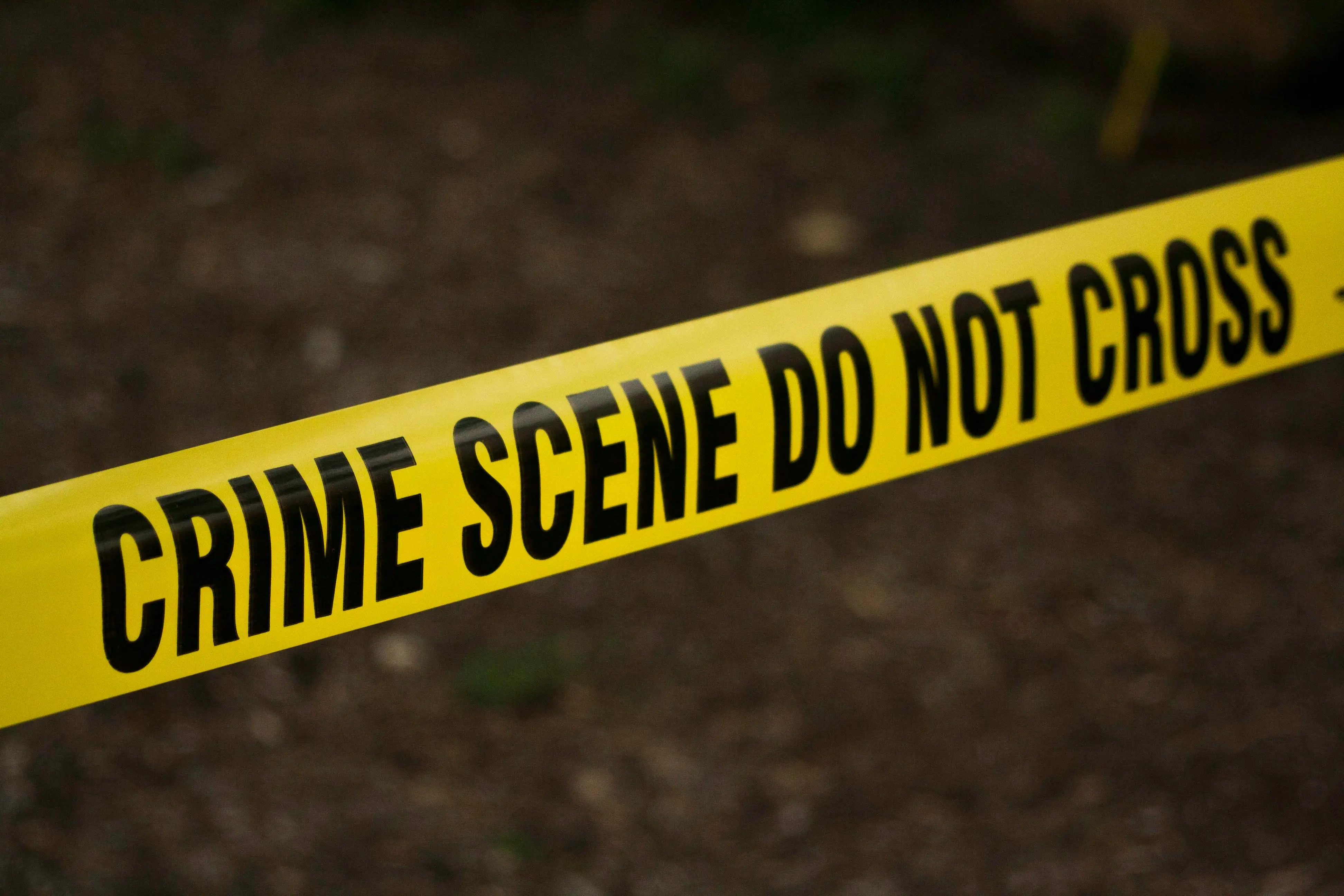
A criminal investigation involves several key steps that law enforcement officers follow to solve crimes and bring offenders to justice.
Here are the essential steps involved in a typical investigation:
- Securing the Crime Scene
- Collecting Evidence
- Documenting the Scene
- Conducting Interviews
- Analyzing Evidence
- Following Leads
- Compiling Reports
- Presenting the Case
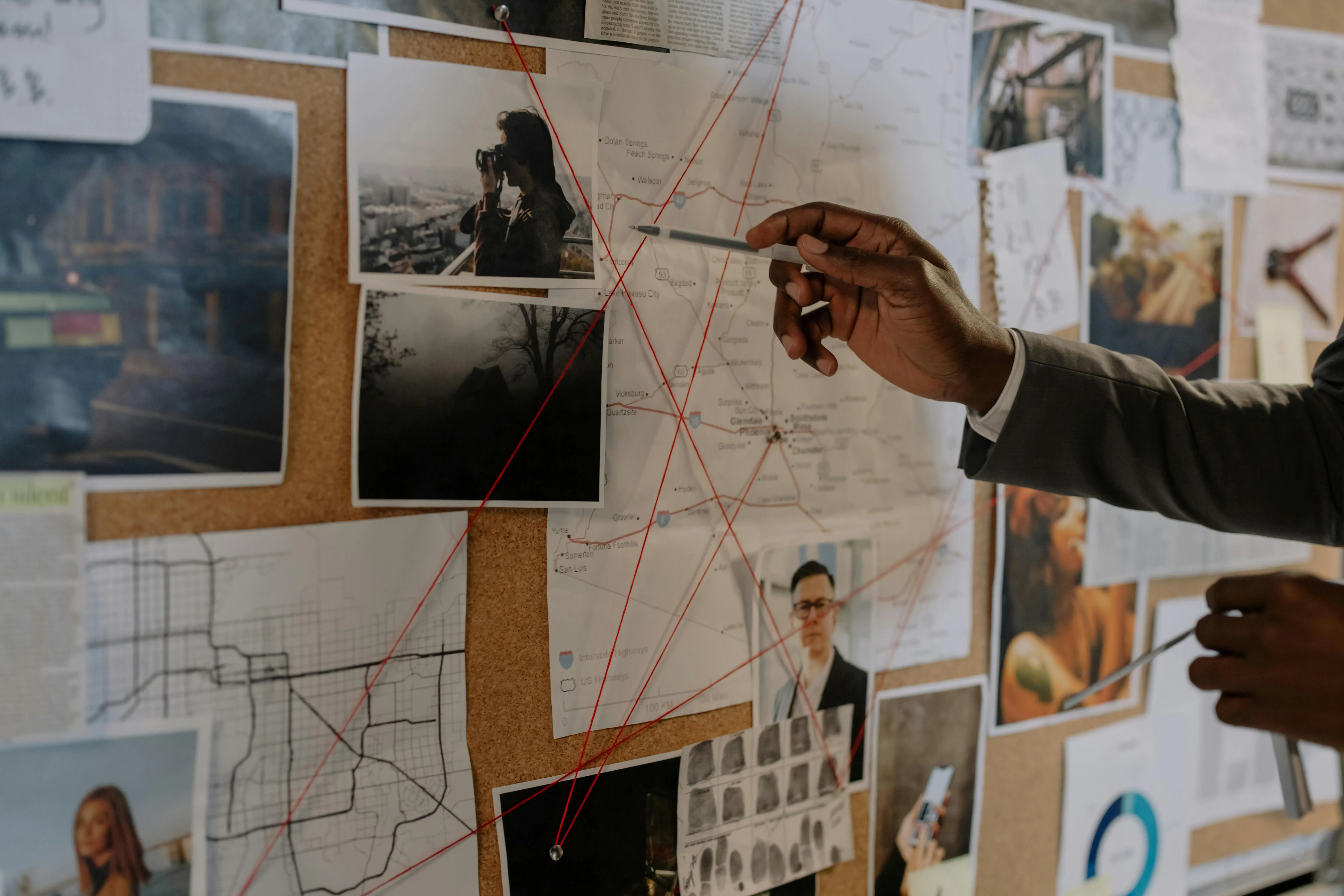
Forensic evidence plays a crucial role in solving approximately 25% of cases
Responding to High-Risk Situations
Law enforcement officers frequently face high-risk situations requiring quick thinking, bravery, and a calm demeanor. These scenarios can range from responding to active crimes and violent incidents to managing public disturbances and carrying out high-risk operations. Here's a look at the various kinds of high-risk situations officers encounter and how they handle them.
How Often Are Officers Assaulted on Duty?
"In 2019, law enforcement officers in the United States faced over 58,000 assaults while performing their duties"
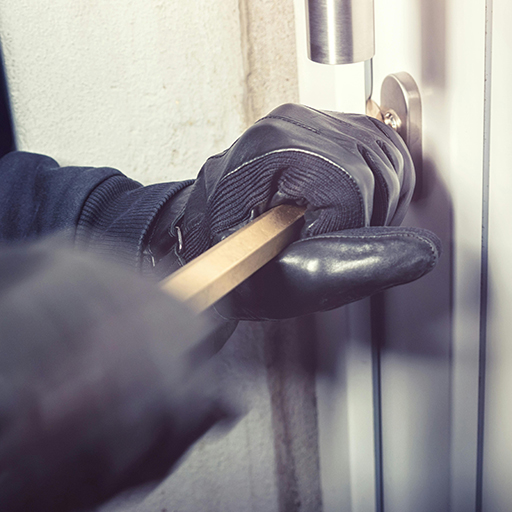
Responding to Active Crimes:
Officers may respond to ongoing criminal activities such as burglaries, assaults, or armed robberies. These situations demand immediate action to apprehend suspects and ensure public safety.
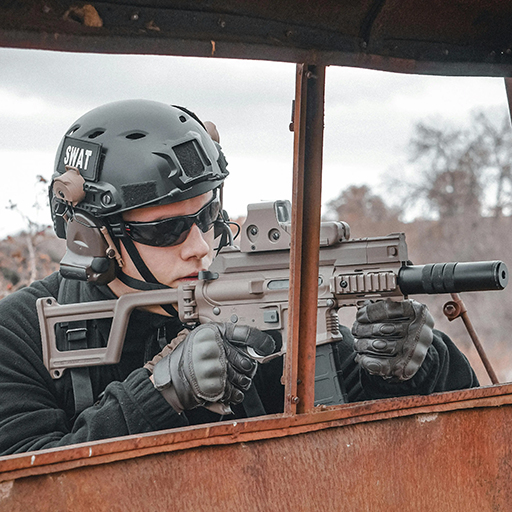
High-Stakes Operations:
SWAT team deployments, hostage rescues, and counter-terrorism operations all require meticulous planning and execution in order to effectively neutralize threats.

Violent Incidents:
Situations involving violent behavior, such as domestic violence disputes or gang-related activities, require officers to de-escalate tensions and protect victims while apprehending aggressors.
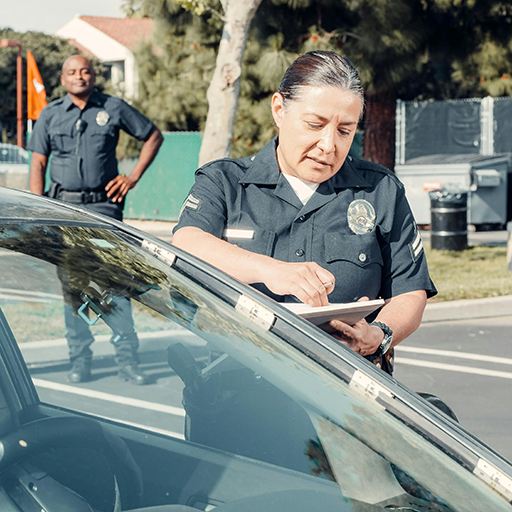
Traffic Stops and Pursuits:
Routine traffic stops can quickly escalate into high-risk situations if a suspect is armed or attempting to flee. Pursuits require coordination and adherence to safety protocols to minimize risks to the public and officers.
Strengthening Community Bonds
Community interactions are a vital part of law enforcement, helping to build trust, foster positive relationships, and enhance public safety. Officers engage with community members in various ways, from attending local events and meetings to participating in educational programs and community policing initiatives.
Here's a closer look at how these interactions benefit both the community and law enforcement.
Empowering Through Education
Attending Community Events
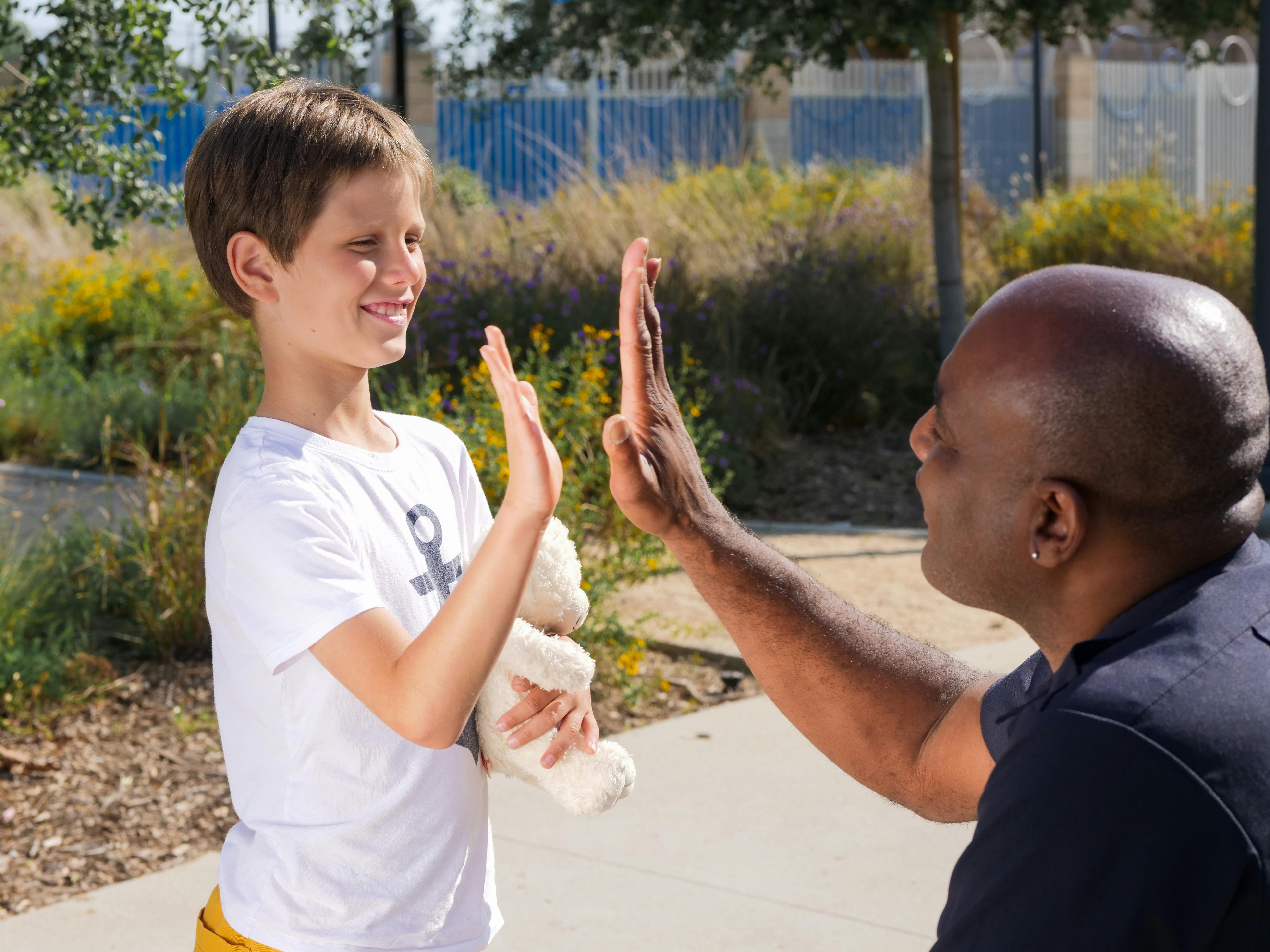
Engaging with Youth
Behind the Scenes: The Essential Administrative Duties of Law Enforcement
While the public often sees officers patrolling the streets and responding to emergencies, a significant portion of their job involves administrative work. These tasks are crucial for ensuring the accuracy, accountability, and efficiency of law enforcement operations.
Here’s an overview of the essential administrative duties officers perform.
How Much Time Do Officers Spend on Administrative Tasks?
"Administrative tasks can take up to 40% of an officer's workday"
Source: U.S. Bureau of Labor Statistics. "Police and Detectives." Occupational Outlook Handbook
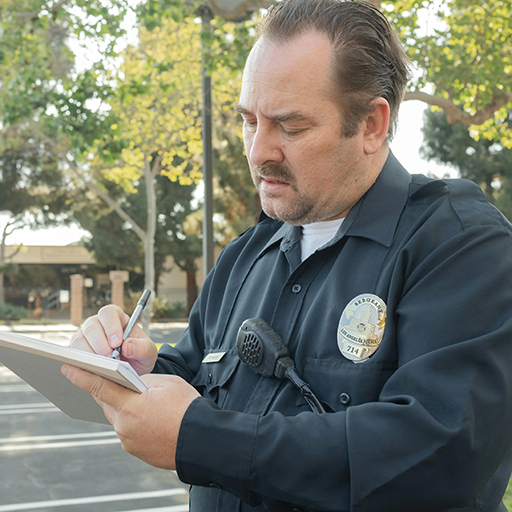
Report Writing:
Officers spend a considerable amount of time writing detailed reports about incidents they respond to. These reports must be thorough and accurate, as they are often used in legal proceedings and for maintaining records.
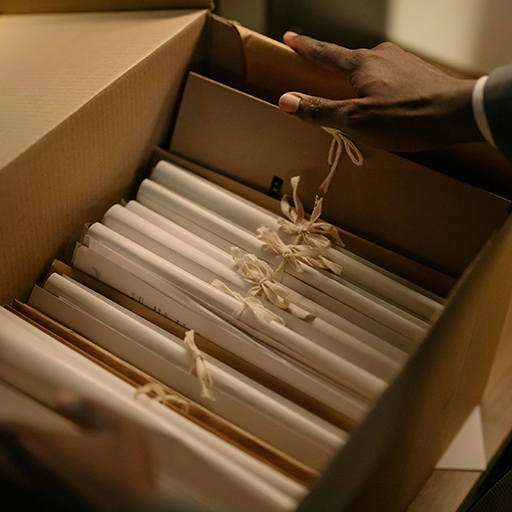
Case Management:
Managing case files involves organizing and updating information related to ongoing investigations. Officers must keep track of evidence, witness statements, and other critical details.

Data Entry and Record Keeping:
Officers enter data into various law enforcement databases, including information about crimes, arrests, and evidence. Maintaining accurate records is essential for tracking crime trends and ensuring that information is readily available for investigations and court proceedings.
Embracing Innovation: The Future of Policing Technology
Advancements in technology are transforming the landscape of law enforcement, providing officers with new tools to enhance their effectiveness, efficiency, and safety. From body-worn cameras, drones to predictive analytics, next-gen policing tech is revolutionizing how officers perform their duties and interact with the community.
Here's a breakdown of some of the most innovative technologies shaping the future of policing.
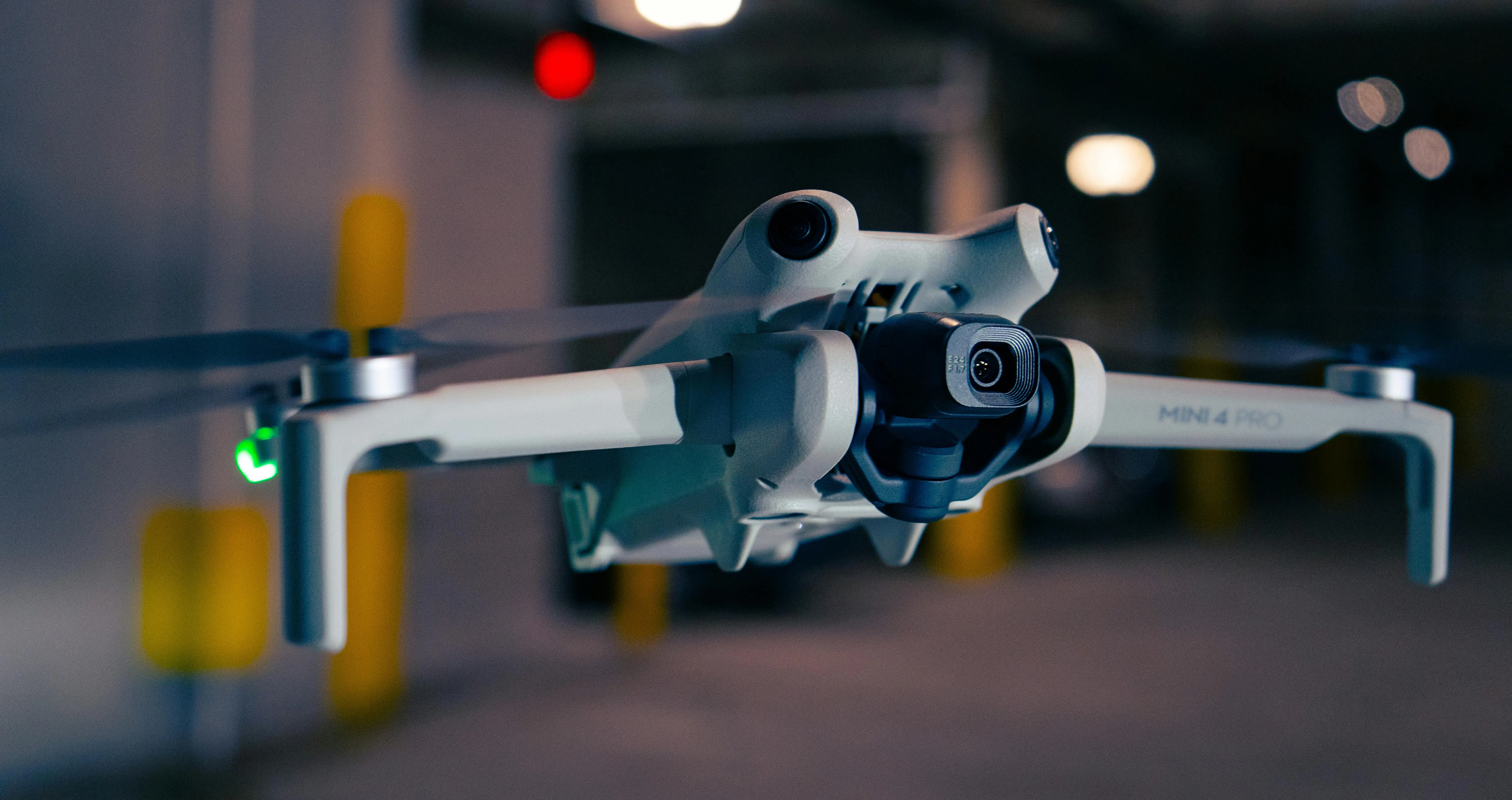
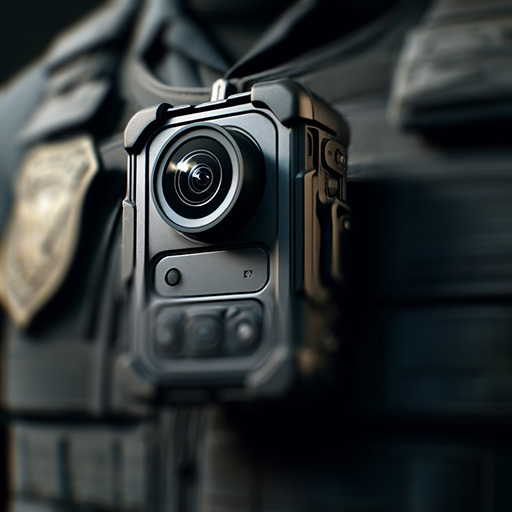
Body-Worn Cameras (BWCs)
BWCs are small cameras worn by officers to record their interactions with the public. They provide transparency, accountability, and valuable evidence for investigations.
Drones (Unmanned Aerial Vehicles - UAVs)
Drones are used for aerial surveillance, search and rescue operations, and crime scene analysis. They provide a bird's-eye view that can enhance situational awareness and safety.
Automatic License Plate Readers (ALPRs)
ALPRs are cameras mounted on patrol cars or fixed locations that automatically scan and record license plates. They help identify stolen vehicles, wanted persons, and other criminal activities.
Biometric Technology
Biometric systems, including facial recognition and fingerprint scanners, are used to identify suspects and verify identities. These technologies can be deployed in the field or at law enforcement facilities.

